The Relationship Between Google Quality Score and Cost Per Click for Personal Injury Attorney Marketing Campaigns
If you’re an avid visitor to our website, then you know all too well that we LOVE to talk shop about personal injury attorney marketing. At Legal Leads Group, we help all business-to-consumer law firms with their advertising and case lead generation. However, our bread and butter is personal injury and workers’ compensation. First, some of our owners are retired personal injury lawyers. Second, accident injury-related keywords are by far the most expensive cost-per-click law marketing terms. Third, personal injury marketing is by far the most competitive campaign area. This means, if we can accident lawyers by building the most productive personal injury attorney marketing campaigns, we can help ALL consumer-facing law firms.
We are always looking at ways we can help our clients obtain better case leads, more retained clients, and most of all increase the law firm’s ROI. At Legal Leads Group, we’re a full-service ad agency. We build and manage traditional as well as digital campaigns. Today’s article and video blog deal with the relationship between Google Quality Score and cost per click for personal injury attorney marketing campaigns. We are going to discuss the following topics:
- What is Google Quality Score?
- How does Organic SEO play a role in Google Quality Score?
- How can my SEO help increase my ad impressions?
- What is Google’s ROAS (return on ad spend)?
- What dictates Google’s cost per click and why are Personal Injury Attorney keywords so expensive?
- How can I get more cases from Google Ads?
So grab a pen and paper, get ready to take notes, and let’s dive deeper into how you can harness Google Quality Score to better your personal injury attorney marketing campaigns.
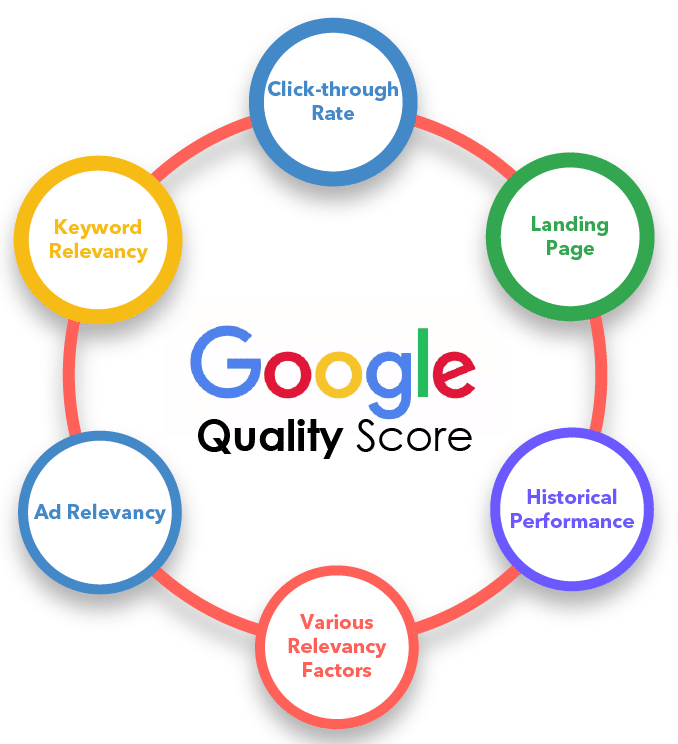
What is Google Quality Score?
If you’re a personal injury attorney considering digital ads, you better brush up Google Quality Score. Google Quality Score is a diagnostic tool used by Google Ads to evaluate the quality and relevance of your keywords and PPC ads. It is measured on a scale from 1 to 10, with a higher score indicating that your ad and landing page are more relevant to the user’s search query. This score influences your ad’s position and cost per click (CPC). Improving your Quality Score can lead to lower costs and better ad positions. Learn more about Quality Score.
Components of Google Quality Score
- Expected Click-Through Rate (CTR): This component predicts how likely it is that your ad will be clicked when shown. A higher expected CTR suggests that your ad is compelling and relevant to users.
- Ad Relevance: This measures how closely your ad matches the intent behind a user’s search query. Ensuring that your ad copy closely aligns with the keywords you are targeting can improve ad relevance.
- Landing Page Experience: This evaluates the quality and relevance of the landing page that users are directed to after clicking your ad. A positive landing page experience is characterized by relevant content, easy navigation, and fast loading times.
Importance of Google Quality Score
- Cost Efficiency: A higher Quality Score can lead to lower cost per click (CPC) because Google rewards ads that provide a good user experience with lower costs. This means you can achieve more with your advertising budget.
- Ad Position: Quality Score influences your ad’s position on the search results page. Ads with higher scores are more likely to appear in top positions, increasing visibility and potential click-through rates.
- Ad Auction: During the ad auction process, Google considers both your bid and Quality Score to determine your ad’s placement. A high Quality Score can compensate for a lower bid, allowing you to compete effectively even with a limited budget.
Strategies to Improve Google Quality Score
- Keyword Research: Conduct thorough keyword research to ensure you are targeting the most relevant and high-intent keywords for your ads.
- Ad Copy Optimization: Craft compelling and relevant ad copy that directly addresses the user’s search query and includes targeted keywords.
- Landing Page Optimization: Ensure that your landing pages are highly relevant to the ad content, provide valuable information, and offer a seamless user experience.
- Continuous Testing: Regularly test different ad variations and landing page designs to identify what works best for your audience and make data-driven improvements.
By focusing on these areas, you can enhance your Google Quality Score, leading to more effective and cost-efficient advertising campaigns. Learn more about Quality Score.
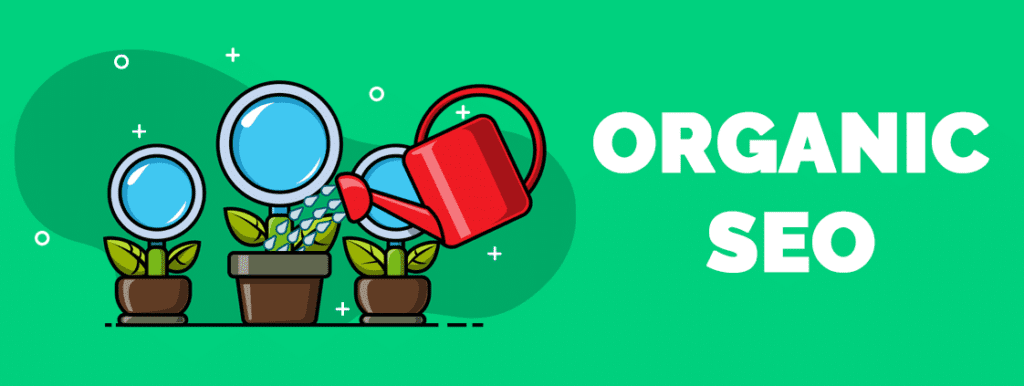
How does Organic SEO play a role in Google Quality Score?
Organic SEO can indirectly influence your Google Quality Score by improving the overall quality and relevance of your website. High-quality content, relevant keywords, and a well-optimized website can enhance user experience, which in turn can improve your ad’s performance metrics like click-through rate (CTR) and landing page experience. These factors are crucial components of the Quality Score. Explore the interplay between SEO and Quality Score.
Enhancing Website Quality and Relevance
- High-Quality Content: Organic SEO emphasizes the creation of valuable, informative, and engaging content that meets the needs of your target audience. High-quality content not only attracts organic traffic but also ensures that your landing pages are relevant and useful to users who click on your ads. This relevance is a critical component of the landing page experience, which directly impacts your Quality Score.
- Keyword Optimization: SEO involves thorough keyword research to identify the terms and phrases that potential customers are using to find services like yours. By integrating these keywords naturally into your website content, you ensure that your site is aligned with user search intent. This alignment can improve ad relevance, a key factor in Quality Score.
- Improved User Experience: A well-optimized website provides a seamless user experience, characterized by fast loading times, mobile responsiveness, and easy navigation. These elements are crucial for retaining visitors and reducing bounce rates, which can positively influence your landing page experience score.
Boosting Ad Performance Metrics
- Increased Click-Through Rate (CTR): A strong organic presence can enhance brand credibility and recognition, leading to higher CTRs for your ads. When users frequently encounter your brand in both organic and paid search results, they are more likely to click on your ads, improving your expected CTR—a vital component of Quality Score.
- Consistent Messaging: SEO ensures that your website content and ad copy are consistent and aligned with user expectations. This consistency reinforces the relevance of your ads, contributing to a higher Quality Score.
- Enhanced Engagement: By optimizing your website for SEO, you encourage longer visit durations and more interactions with your content. These engagement metrics signal to Google that your site provides value, which can enhance the perceived quality of your landing pages.
Strategic Integration of SEO and PPC
- Holistic Keyword Strategy: Use insights from your SEO efforts to inform your PPC keyword strategy. By targeting high-performing organic keywords in your paid campaigns, you can improve ad relevance and Quality Score.
- Content Alignment: Ensure that the content on your landing pages is aligned with both your SEO and PPC strategies. This alignment helps maintain a cohesive user journey from ad click to conversion.
- Continuous Optimization: Regularly analyze the performance of both your organic and paid efforts. Use data-driven insights to refine your strategies, ensuring that your website and ads remain relevant and effective.
By leveraging organic SEO to enhance the quality and relevance of your website, you can indirectly boost your Google Quality Score. This synergy between SEO and PPC not only improves your ad performance but also maximizes the return on your advertising investment. Explore the interplay between SEO and Quality Score.
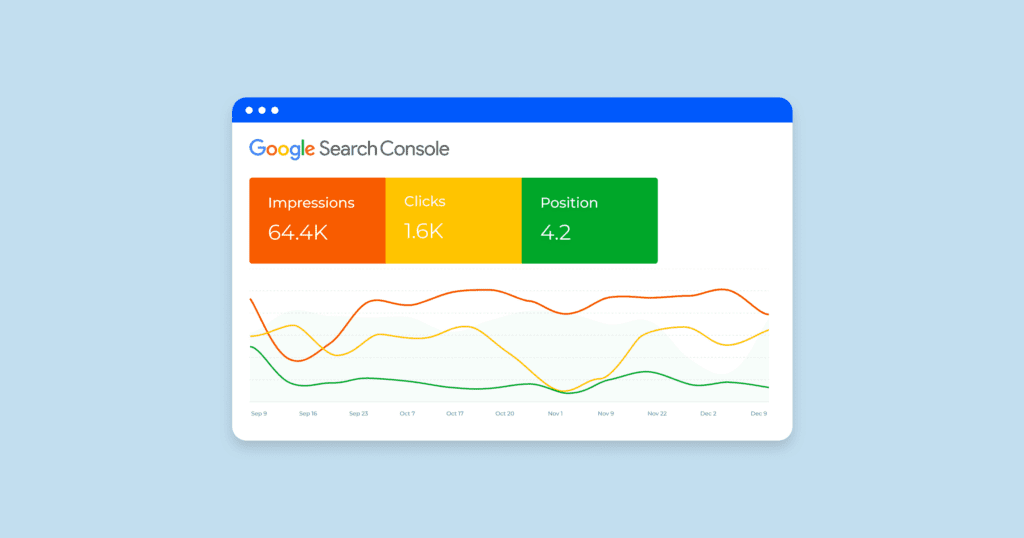
How can SEO help increase ad impressions?
SEO can increase ad impressions by improving your website’s visibility and relevance in search engine results. A well-optimized site can lead to higher organic rankings, which can enhance your brand’s credibility and increase the likelihood of users engaging with your ads. Additionally, a strong SEO strategy can improve your site’s click-through rate, which is a key factor in determining ad impressions. Discover strategies to boost ad impressions.
Enhancing Website Visibility and Credibility
- Higher Organic Rankings: By optimizing your website for search engines, you can achieve higher organic rankings. When your site appears prominently in search results, it increases the likelihood that users will notice your brand. This visibility can lead to more frequent interactions with your ads, thereby increasing ad impressions.
- Brand Credibility and Trust: A strong organic presence builds brand credibility and trust among users. When users see your brand consistently appearing in both organic and paid search results, they are more likely to engage with your ads. This increased engagement can lead to a higher number of ad impressions.
- Increased Traffic: SEO drives more organic traffic to your website. As more users visit your site, the chances of them encountering your ads increase, leading to more ad impressions. This is particularly effective when your SEO strategy targets high-intent keywords that align with your ad campaigns.
Improving Click-Through Rate (CTR)
- Relevant Content: SEO involves creating relevant and high-quality content that meets the needs of your target audience. When users find your content valuable, they are more likely to click on your ads, improving your CTR. A higher CTR can lead to more ad impressions, as search engines may prioritize showing ads with better performance metrics.
- Optimized Meta Tags and Descriptions: By optimizing meta tags and descriptions, you can make your search listings more appealing to users. This optimization can increase the likelihood of clicks, which in turn can boost your ad impressions.
- Targeted Keywords: SEO helps identify and target the right keywords that resonate with your audience. By aligning your ad campaigns with these keywords, you can improve ad relevance and CTR, leading to increased ad impressions.
Strategic Integration of SEO and PPC
- Unified Keyword Strategy: Use insights from your SEO efforts to inform your PPC keyword strategy. By targeting keywords that perform well organically, you can enhance the relevance and effectiveness of your ads, leading to more impressions.
- Consistent Messaging: Ensure that your SEO content and ad copy are consistent and aligned. This consistency reinforces your brand message and encourages users to engage with your ads, increasing impressions.
- Data-Driven Optimization: Regularly analyze the performance of both your SEO and PPC efforts. Use data-driven insights to refine your strategies, ensuring that your website and ads remain relevant and effective.
Discover Strategies to Boost Ad Impressions
- Content Marketing: Develop a robust content marketing strategy that complements your SEO efforts. High-quality content can attract more visitors and increase the likelihood of ad interactions.
- Local SEO: Optimize your website for local search to capture a geographically targeted audience. Local SEO can drive more relevant traffic to your site, increasing the chances of ad impressions.
- Mobile Optimization: Ensure your website is mobile-friendly, as a significant portion of searches occur on mobile devices. A mobile-optimized site can improve user experience and increase ad impressions.
By leveraging SEO to enhance your website’s visibility, credibility, and user engagement, you can significantly increase ad impressions. This synergy between SEO and PPC not only boosts your ad performance but also maximizes the return on your advertising investment.
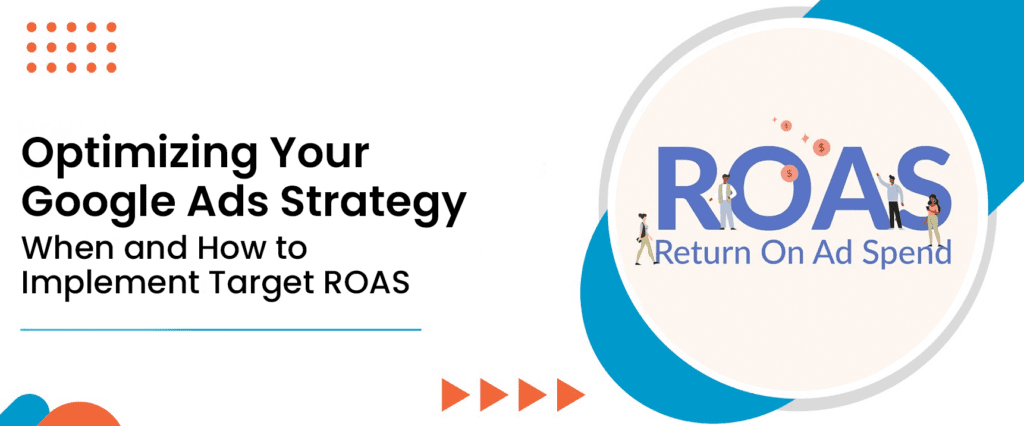
What is Google’s ROAS (return on ad spend)?
Return on Ad Spend (ROAS) is a metric used to measure the revenue generated for every dollar spent on advertising. It helps advertisers understand the effectiveness of their ad campaigns in terms of revenue generation. A higher ROAS indicates a more profitable campaign. Google Ads offers tools to optimize your campaigns for better ROAS by adjusting bids and targeting strategies. Learn more about ROAS.
Calculating ROAS
ROAS is calculated using the following formula:
[ \text{ROAS} = \frac{\text{Revenue from Ads}}{\text{Cost of Ads}} ]
For example, if you spend $1,000 on a Google Ads campaign and generate $5,000 in revenue, your ROAS would be 5:1, meaning you earn $5 for every $1 spent on advertising.
Importance of ROAS
- Performance Measurement: ROAS provides a clear picture of how effectively your ad spend is translating into revenue. It helps you assess the performance of individual campaigns, ad groups, or keywords.
- Budget Allocation: By understanding which campaigns yield the highest ROAS, you can allocate your advertising budget more effectively, focusing on the most profitable areas.
- Strategic Decision-Making: ROAS insights enable you to make informed decisions about your advertising strategy, such as adjusting bids, targeting, and ad creatives to improve profitability.
- Goal Setting: ROAS helps set realistic goals for your advertising campaigns, ensuring that your marketing efforts align with your business objectives.
Optimizing ROAS with Google Ads
Google Ads offers several tools and strategies to help advertisers optimize their campaigns for better ROAS:
- Smart Bidding: Utilize automated bidding strategies like Target ROAS, which adjusts bids in real-time to maximize revenue while achieving your desired ROAS. This strategy uses machine learning to predict the conversion value of each auction.
- Audience Targeting: Refine your audience targeting to reach users who are more likely to convert. Use tools like Customer Match and Similar Audiences to target high-value customers.
- Ad Extensions: Enhance your ads with extensions such as sitelinks, callouts, and structured snippets to provide additional information and increase click-through rates.
- Conversion Tracking: Implement conversion tracking to measure the effectiveness of your ads in driving valuable actions. This data is crucial for optimizing your campaigns and improving ROAS.
- A/B Testing: Continuously test different ad creatives, landing pages, and targeting strategies to identify what works best for your audience and improves ROAS.
- Quality Score Improvement: Focus on improving your Quality Score by enhancing ad relevance, expected click-through rate, and landing page experience. A higher Quality Score can lead to lower costs and better ad positions, positively impacting ROAS.
Learn More About ROAS
To dive deeper into optimizing ROAS, consider exploring the following strategies:
- Data Analysis: Regularly analyze your campaign data to identify trends and areas for improvement. Use Google Analytics and other tools to gain insights into user behavior and conversion paths.
- Cross-Channel Integration: Integrate your Google Ads campaigns with other marketing channels, such as social media and email marketing, to create a cohesive strategy that maximizes overall ROAS.
- Continuous Optimization: ROAS optimization is an ongoing process. Continuously monitor your campaigns, make data-driven adjustments, and stay updated with the latest Google Ads features and best practices.
By focusing on ROAS, advertisers can ensure that their ad spend is generating maximum revenue and contributing to the overall success of their business. Understanding and optimizing ROAS is key to achieving a profitable and sustainable advertising strategy.

What dictates Google’s cost per click and why are Personal Injury Attorney keywords so expensive?
Google’s cost per click (CPC) is determined by several factors, including the competitiveness of the keyword, the Quality Score of the ad, and the maximum bid set by the advertiser. Personal Injury Attorney keywords are particularly expensive due to high competition and the potential value of a new client in this field. The high customer lifetime value in legal services justifies the higher CPC for these keywords. Understand more about CPC for legal keywords.
Factors Influencing CPC
- Keyword Competitiveness:
- Demand and Competition: Keywords with high demand and competition tend to have higher CPCs. When multiple advertisers bid on the same keyword, the competition drives up the price.
- Industry and Niche: Certain industries, such as legal, finance, and healthcare, naturally have higher CPCs due to the high value of acquiring new clients.
- Quality Score:
- Ad Relevance: Google assigns a Quality Score to each ad based on its relevance to the keyword, expected click-through rate (CTR), and landing page experience. A higher Quality Score can lower CPC by improving ad rank without increasing bids.
- User Experience: Ads that provide a better user experience, with relevant content and fast-loading landing pages, tend to have better Quality Scores.
- Maximum Bid:
- Bid Strategy: Advertisers set a maximum bid for each keyword, which is the highest amount they are willing to pay per click. The bid, combined with the Quality Score, determines the ad’s position and CPC.
- Automated Bidding: Google Ads offers automated bidding strategies that adjust bids in real-time to achieve specific goals, such as maximizing clicks or conversions.
- Ad Rank:
- Position in Search Results: Ad Rank, determined by the bid amount and Quality Score, affects the ad’s position in search results. Higher positions often lead to higher CPCs due to increased visibility and competition.
Why Are Personal Injury Attorney Keywords So Expensive?
Personal Injury Attorney keywords are among the most expensive in Google Ads, and several factors contribute to their high CPC:
- High Competition:
- Numerous Advertisers: The legal industry, particularly personal injury law, is highly competitive, with many firms vying for top positions in search results. This competition drives up the cost of keywords.
- Aggressive Bidding: Law firms often engage in aggressive bidding strategies to secure top ad placements, further increasing CPC.
- High Customer Lifetime Value:
- Valuable Clients: Personal injury cases can result in substantial settlements or awards, making each new client potentially worth a significant amount of money. This high potential return on investment justifies the higher CPC.
- Long-Term Relationships: Successful cases can lead to long-term client relationships and referrals, adding to the lifetime value of each client.
- Regulatory and Ethical Considerations:
- Advertising Restrictions: Legal advertising is subject to strict regulations and ethical guidelines, which can limit the number of available advertising channels, increasing reliance on PPC and driving up costs.
- Targeted Audience:
- Specific Demographics: Personal injury attorneys often target specific demographics or geographic areas, requiring precise and often costly keyword targeting to reach the right audience.
Understanding CPC for Legal Keywords
To effectively manage CPC for legal keywords, consider the following strategies:
- Optimize Quality Score: Focus on improving ad relevance, CTR, and landing page experience to enhance Quality Score and reduce CPC.
- Refine Keyword Strategy: Use long-tail keywords and negative keywords to target more specific queries and reduce competition.
- Leverage Local SEO: Combine PPC with local SEO efforts to capture organic traffic and reduce reliance on high-CPC keywords.
- Monitor and Adjust Bids: Regularly review campaign performance and adjust bids based on data-driven insights to optimize ad spend.
By understanding the factors that influence CPC and the unique challenges of advertising in the legal industry, advertisers can develop more effective strategies to manage costs and maximize the return on their advertising investment.
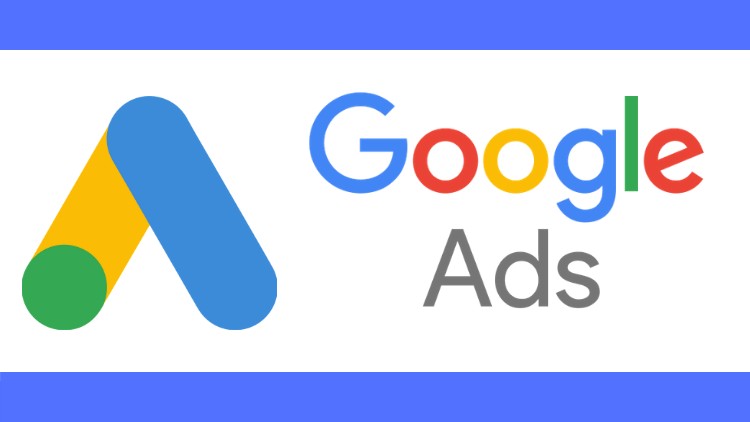
How can I get more cases from Google Ads?
To get more cases from Google Ads, focus on optimizing your ad campaigns for better performance. This includes improving your Quality Score by ensuring your ads are relevant and your landing pages provide a good user experience. Use targeted keywords, adjust your bidding strategy, and continuously test and refine your ad copy and landing pages. Additionally, integrating SEO with your PPC strategy can enhance your overall online presence and lead to more conversions. Explore tips for maximizing Google Ads effectiveness.
1. Optimize Your Quality Score
- Ad Relevance: Ensure that your ads are highly relevant to the keywords you are targeting. Use specific and descriptive ad copy that directly addresses the needs and interests of your potential clients.
- Landing Page Experience: Create landing pages that are directly related to your ads and provide a seamless user experience. Ensure that your landing pages are mobile-friendly, load quickly, and contain clear calls to action (CTAs).
- Expected Click-Through Rate (CTR): Write compelling ad copy that encourages users to click. Use action-oriented language and highlight unique selling points or offers.
2. Use Targeted Keywords
- Long-Tail Keywords: Focus on long-tail keywords that are more specific and less competitive. These keywords often have a higher conversion rate because they capture users with a clear intent.
- Negative Keywords: Implement negative keywords to filter out irrelevant traffic and ensure your ads are shown to the most relevant audience.
- Local Keywords: If applicable, use location-based keywords to target potential clients in specific geographic areas.
3. Adjust Your Bidding Strategy
- Automated Bidding: Consider using automated bidding strategies like Target CPA (Cost Per Acquisition) or Target ROAS (Return on Ad Spend) to optimize bids based on your campaign goals.
- Bid Adjustments: Use bid adjustments to increase or decrease bids for specific devices, locations, or times of day based on performance data.
4. Continuously Test and Refine
- A/B Testing: Regularly test different versions of your ad copy, headlines, and CTAs to determine what resonates best with your audience.
- Landing Page Optimization: Continuously refine your landing pages based on user behavior and feedback. Test different layouts, images, and forms to improve conversion rates.
5. Integrate SEO with PPC
- Keyword Synergy: Use insights from your PPC campaigns to inform your SEO strategy. Identify high-performing keywords and incorporate them into your website content and meta tags.
- Consistent Messaging: Ensure that your PPC ads and organic search results convey consistent messaging and branding to reinforce your online presence.
6. Leverage Ad Extensions
- Call Extensions: Add call extensions to your ads to make it easy for potential clients to contact you directly from the search results.
- Location Extensions: Use location extensions to provide users with your business address and increase foot traffic if you have a physical location.
- Sitelink Extensions: Include sitelink extensions to direct users to specific pages on your website, such as case studies, testimonials, or service pages.
7. Monitor and Analyze Performance
- Conversion Tracking: Set up conversion tracking to measure the effectiveness of your ads in driving valuable actions, such as form submissions or phone calls.
- Performance Analysis: Regularly review your campaign performance data to identify trends, strengths, and areas for improvement. Use this data to make informed decisions about your ad strategy.
8. Focus on Client Retention
- Remarketing: Implement remarketing campaigns to re-engage users who have previously interacted with your website but did not convert. This can help you stay top-of-mind and encourage them to return.
- Client Follow-Up: Develop a follow-up strategy for leads generated through Google Ads to nurture relationships and increase the likelihood of conversion.
By implementing these strategies, you can enhance the effectiveness of your Google Ads campaigns, attract more potential clients, and ultimately secure more cases. Consistent optimization and a data-driven approach are key to achieving long-term success with Google Ads.

Personal Injury Attorney Marketing – Let Legal Leads Group Help You Get Better Case Leads Today
When it comes to Google Ads, personal injury campaigns are the “800-pound Gorilla”. At Legal Leads Group, we employ the industries brightest SEO minds and the most experience ad reps. Our entire team is dedicated to helping law firms, especially personal injury attorneys, increase their ROI. Google Ads can be a powerful tool when utilized correctly. We harness Google Ads to help build the most productive, and profitable, personal injury attorney marketing campaigns.
If you’re an accident lawyer, and you are looking to land more cases and higher quality cases, give us a call today. Schedule a free campaign review with one of our certified ad reps. Let Legal Leads Group show you how we can drive you the types of injury cases you’ve been searching for.